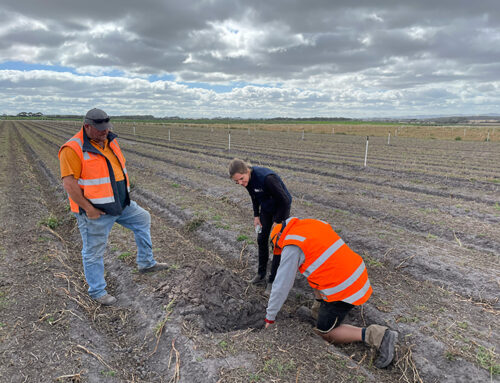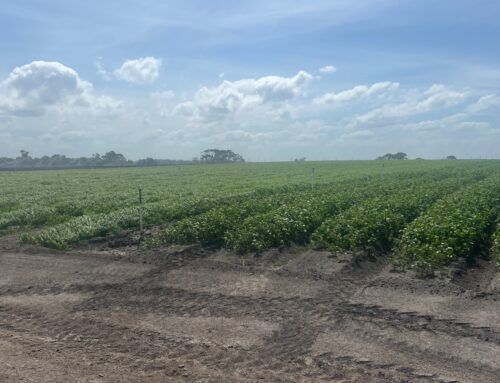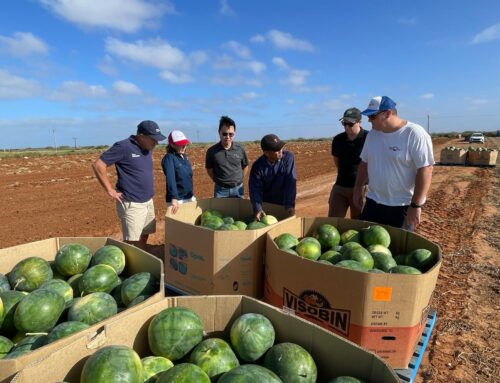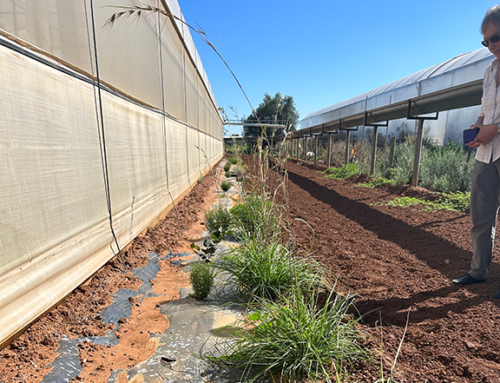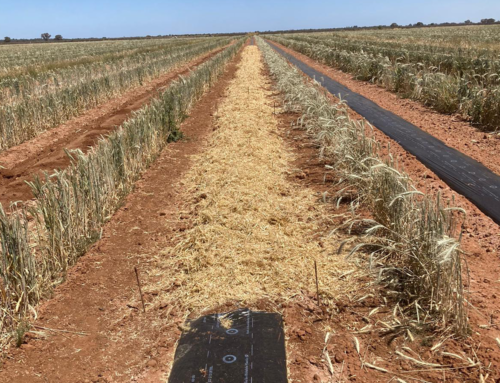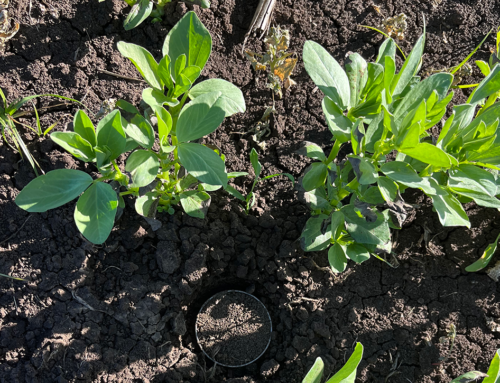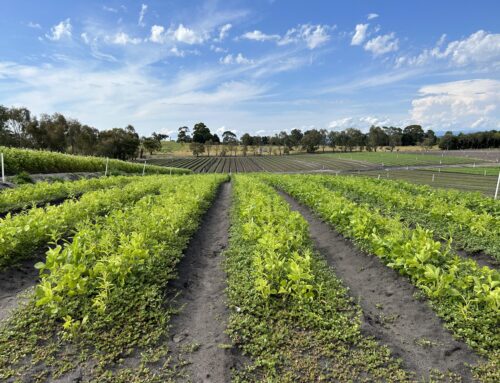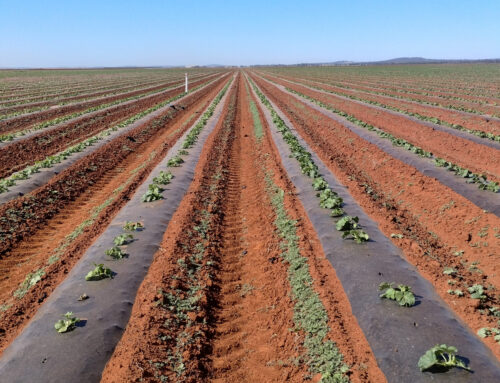The commercial nitrogen fertiliser market has been very volatile the past seven months. Supply issues from China, Russia, as well as Europe, have caused shipping issues and shortages for all of Australia. Australia does not manufacture enough nitrogen to supply its own domestic market.
As a result, the cost of nitrogen fertiliser has more than doubled. In June 2021, urea (46% N) retailed for around $600/tonne or $1.30/kg N. Today, urea costs about $1,400/tonne or $3.04/kg N.
In general, horticulture specialty fertilisers have been less volatile. Fertiliser blends have seen price increases of 15 – 20%, as well as temporary supply shortages.
Traders and experts in this field are hesitant to give any “crystal ball” forecasts for the future. In general, Australia is starting to see a slight downturn in nitrogen prices as the gap between supply and demand narrows. Hopefully, by the end of the current northern hemisphere winter, imports into Australia as well as increased domestic production will help nitrogen fertiliser prices ease.
Legumes to the rescue
Given the price rises and uncertainty of nitrogen fertiliser supply, it’s a good time to look at legume cover crops.
Legume cover crops can add lots of nitrogen, with a good cover crop adding 160 – 200 kg/ha of nitrogen. Based on current nitrogen fertiliser costs, that is $500 to $600 of added nitrogen per hectare, with seed and inoculant costing of around $100 to $200 per hectare. That’s a great return on just the nitrogen benefits alone!
With most vegetable regions having plenty of water, it’s a good time to add a legume cover crop in your rotation and reduce your reliance on nitrogen fertiliser.
Tips to get the most nitrogen out of your legume cover crop
- Add the right Rhizobium inoculant.
- Select and grow a vigorous legume cover crop – the more biomass grown, the more nitrogen added.
- Grow a straight legume, i.e., not part of a cover crop mix.
- Start with low to moderate soil nitrate levels – less than 50 kg/ha of soil nitrate will encourage your legumes to add the most nitrogen.
For help with choosing the right legume and Rhizobium, have a look at the Cover Crops for Australian Vegetable Growers poster.
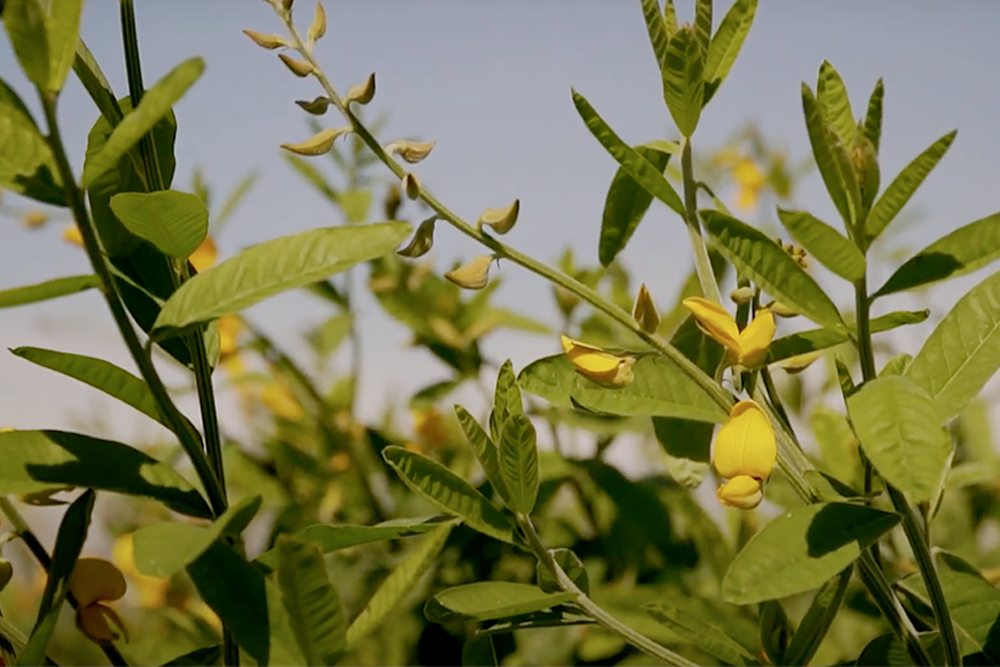
The science of biomass
To add the most nitrogen, legume biomass is king.
For every tonne of shoot biomass grown, about 20 kg of nitrogen will be added. So, if you can grow a good legume cover crop with the right inoculant and produce 8-10 tonnes of shoot biomass, then that’s 160 – 200 kg of nitrogen added. Your cover crop roots can have a further 30 – 100 kg of nitrogen.
Less nitrogen will be added when cover crops are grown as part of a cover crop mix. In a mix, the legume growth and biomass are reduced due to competition from the other cover crop species in the mixture.
But cover crop mixes are a good option when you have high soil nitrate levels as outlined below.
High soil nitrate levels will reduce nitrogen added by legumes. Basically, if the plant can get lots of “free” nitrogen from the soil then it will not allow the Rhizobium bacteria to nodulate the roots and will not feed the bacteria. Instead, the plant will take the “free” nitrogen from the soil.
Use soil tests before your cover crop is planted to find out how much soil nitrate is remaining.
- If its below 50 kg of nitrogen per ha (to 30 cm) then the legumes will add lots of nitrogen.
- Above 200 kg of nitrogen per ha will result in your legume not adding much nitrogen.
Managing soil nitrogen levels
Typically, soil nitrogen levels will be low following nitrogen-hungry crops like corn and potatoes, higher soil nitrogen levels are likely following leafy vegetable crops. The levels of soil nitrogen before you sow your cover crop will also depend on how much in-crop nitrogen fertiliser was used.
If you have high soil nitrogen levels, it may be better to plant a mixed cover crop of a cereal/broadleaf and legume. The cereal and broadleaf will recover and store the nitrogen in the soil and force the legume to fix its own nitrogen. A mix like a sunn hemp, sorghum and tillage radish for summer, or oats and vetch mix for winter, will do a good job of soaking up the nitrogen already in your soil left over from a previous crop and encourage the legumes in the mix to add some more nitrogen.
Nitrogen added by legume cover crops must be converted into nitrate and ammonia by the soil biology to be available to your vegetable crop. This typically means there is a nice, slow release of nitrogen over the life of the crop. To understand how much and when the nitrogen will be available for your vegetable crop, have a look at our Soil Biology Master Class 2021: Nitrogen availability webinar.
What next? Order some cover crop legume seed and inoculant now so you are ready to plant!
Written by Kelvin Montagu and Marc Hinderager.

